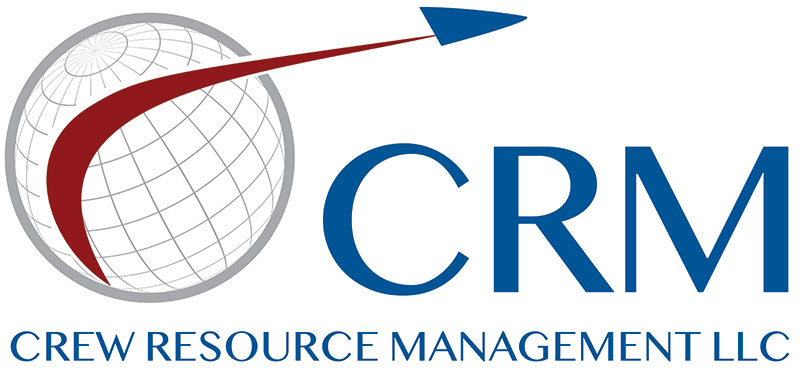When my fellow author, Suzanne Gordon, recently suggested that we do an opinion piece or blog post about the movie Flight, my first response was, “I just don’t think there’s anything there that we could effectively relate to the subject of our book” (applications of the aviation safety model to healthcare, that is).
Then another friend asked me about my thoughts on the movie. Although she had not yet seen it, when she viewed the trailer she observed that the movie, “…made it seem like a great example how not to do CRM [Crew Resource Management].” She said that she was surprised at the depiction of the heroic efforts of the captain of the aircraft who successfully brought the stricken plane to a [relatively] safe landing –pretty much to the exclusion of his copilot. If she extracted this this from a two and a half minute trailer, imagine what she might have noted had she watched the nearly two and a half hour movie!
As a pilot and aviation safety consultant, friends will often ask my opinion about aviation accidents, incidents and other newsworthy aviation related events – like movies. I am always surprised at how often the media doesn’t quite get it right and I find myself explaining,, “…well, that is not exactly the way it works…”
So not surprisingly, Flight is not so much a movie about flying (or flight) as it is a really great dramatization of a man wrestling with his demons. When I bought my ticket for the movie, I was expecting to see a flying movie and left realizing that I’d just seen a movie about an alcoholic with a very cool flying sub-plot. I guess that it wouldn’t have generated the same level of public interest had they titled the movie, “Booze”! I am trying to imagine the trailer…
As the very proud father of a [successfully] recovering alcoholic, I feel that Flight illustrates the challenge and frustration of the disease of alcoholism with extreme sensitivity and clarity. I was not surprised to find, however, that the flying portion was, “…well, not exactly the way it works…”
As for flying, there have been at least a few incidents in aviation history where large commercial aircraft have rolled upside down and successfully recovered. Stranger things have happened – like when Captain “Sully” Sullenberger successfully ditched the powerless USAir flight 1549 in the Hudson. But one thing that has become clear in the recent history of aviation mishaps –since the introduction of the aviation safety movement commonly known as Crew Resource Management (CRM) – such as flight 1549 – is that each successful outcome has been the result of the efforts of a team of individuals working in concert, not just one heroic personality as is so often conveniently depicted in films.
If there is one lesson that can be learned from the aviation safety movement of the past thirty years, it is that the heroic solo storyline no longer works. The heroic aviation narrative that focuses on the solo aviator can kill both him and his passengers. That’s why, after years of hard work, the “right stuff” culture has been replaced by a culture of teams trained to work together, communicate effectively and manage workload. Yes, the captain still needs to be a strong leader but he or she is a leader who shares – and encourages the sharing of – a common vision. Since the inception of the aviation safety model we have learned that these concepts cross industry boundaries and can be directly applied to virtually all high reliability / high risk industries – like healthcare. That’s why we wrote our book.
As for the movie, Denzel, you did not disappoint!
 About Patrick Mendenhall
About Patrick Mendenhall
Patrick is considered a subject matter expert on Crew Resource Management and Threat and Error Management and lectures to audiences throughout the world on these topics as they pertain to High Reliability and Critical Outcome industries. Patrick is a partner in CRM, LLC and has been a vital contributor in curriculum development.

